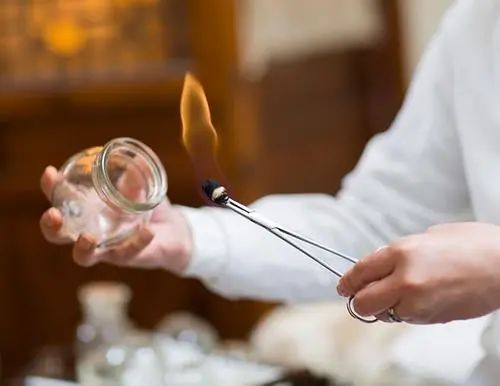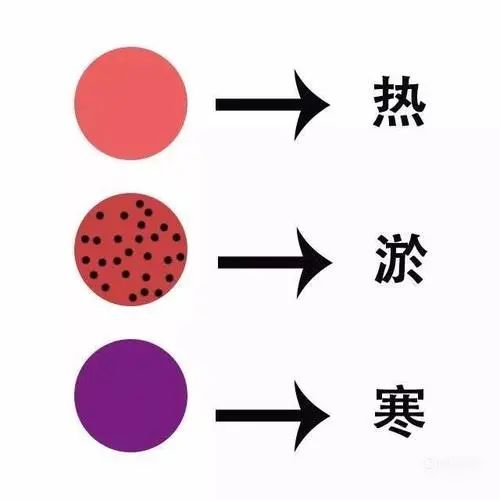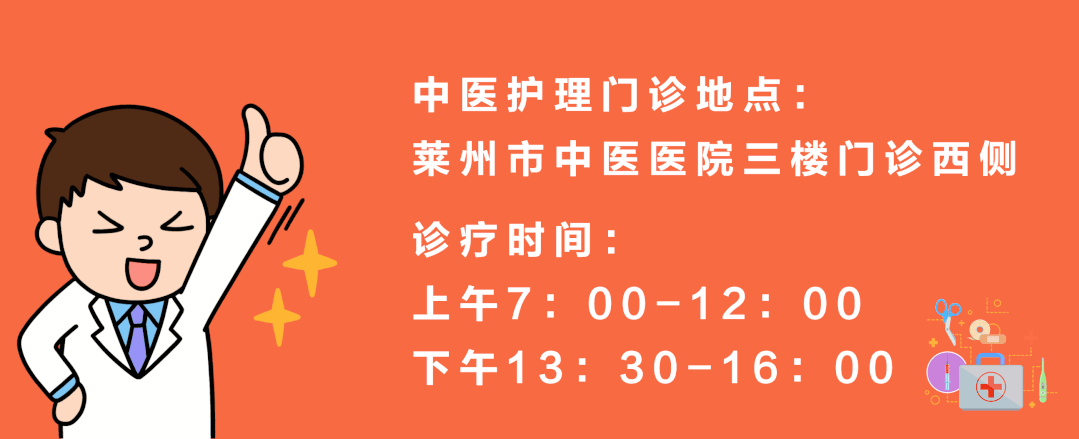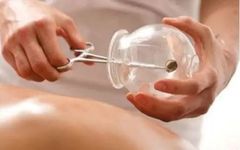Walking cupping, also known as sliding cupping, involves applying a layer of petroleum jelly or guasha oil as a lubricant on the skin or the rim of the cup before the cupping procedure. The cup is then applied to the selected area of the skin using the flash fire method or the dripping alcohol method, and it is moved back and forth until the skin becomes red, congested, or even bruised, at which point the cup is removed.


The walking cupping technique is a method within the traditional cupping therapy of TCM. It combines the negative pressure suction of a single cup with the frictional force during the sliding motion, acting on the superficial layer of the skin to achieve selective and enhanced stimulation, regulating the functions of the internal organs and meridians, and serving to prevent and treat diseases.


Walking Cupping Techniques
Light Suction and Quick Push: This method primarily promotes the defensive Qi (wei qi) to expel external pathogens. Light suction is performed using a small fire cupping device, applied to conditions such as exterior pathogens (mainly affecting the foot Taiyang skin area) and numbness (combined with local treatment), showing significant therapeutic effects.
Heavy Suction and Quick Push: This method focuses on unblocking the meridians and regulating Qi and blood. Heavy suction is achieved by pulling the skin inside the cup to a height of more than 8 millimeters above the rim, resulting in a purplish-red skin appearance. Its effect mainly influences the meridian Qi and blood through the skin and acupoints, thereby adjusting the functions of the internal organs. It is suitable for treating certain disorders of the meridians and internal organs.
Heavy Suction and Slow Push: This method aims to dispel stubborn cold and nourish the muscles. After heavy suction (as mentioned above), castor oil is applied to the skin, and the cup is moved at a speed of 2-3 centimeters per second, causing the skin to turn purplish-red. This technique provides the maximum stimulation, allowing the expulsion of stagnant cold from the internal organs and meridians through the skin and acupoints, while also massaging the local muscles to promote nourishment of the muscles by Qi and blood, thereby invigorating Yang Qi to dispel cold.


Reflections on Cupping Marks
1. Dark purple-black cupping marks: Generally indicate insufficient blood supply and poor circulation with blood stasis.
2. Purple cupping marks with patches: Generally indicate cold congealing and blood stasis.
3. Scattered purple dot-like cupping marks, with uniform depth: Indicate Qi stagnation and blood stasis.
4. Bright red cupping marks: Generally indicate Yin deficiency, deficiency of both Qi and blood, or excess Yang fire due to Yin deficiency.
5. Dark red cupping marks: Indicate high blood lipids and the presence of heat pathogens.
6. Gray-white cupping marks, cool to the touch: Generally indicate deficiency cold or damp pathogens.
7. Cupping marks with skin texture or slight itching: Indicate wind pathogens or damp conditions.
8. Moisture on the inner wall of the cup: Indicates dampness in that area.
9. Cupping marks with blisters: Indicate heavy internal dampness; if the blisters contain blood-tinged fluid, it reflects damp-heat toxicity.



Contraindications
Individuals with leukemia, skin allergies or ulcerated areas, large blood vessels or heartbeats, areas around the facial features, pregnant women, during menstruation, those with neurological disorders, and children under 6 years old should avoid this treatment.

Submitted by Song Yan, Department of Gastroenterology


